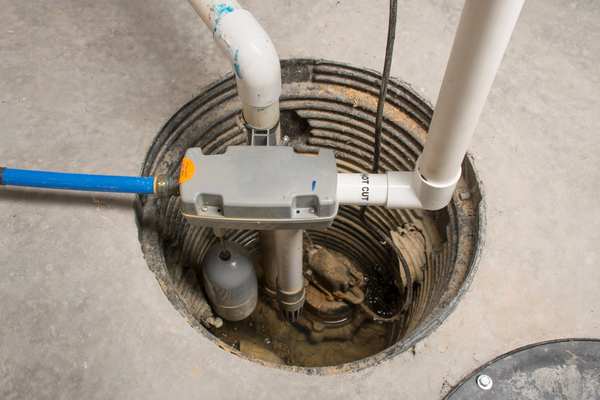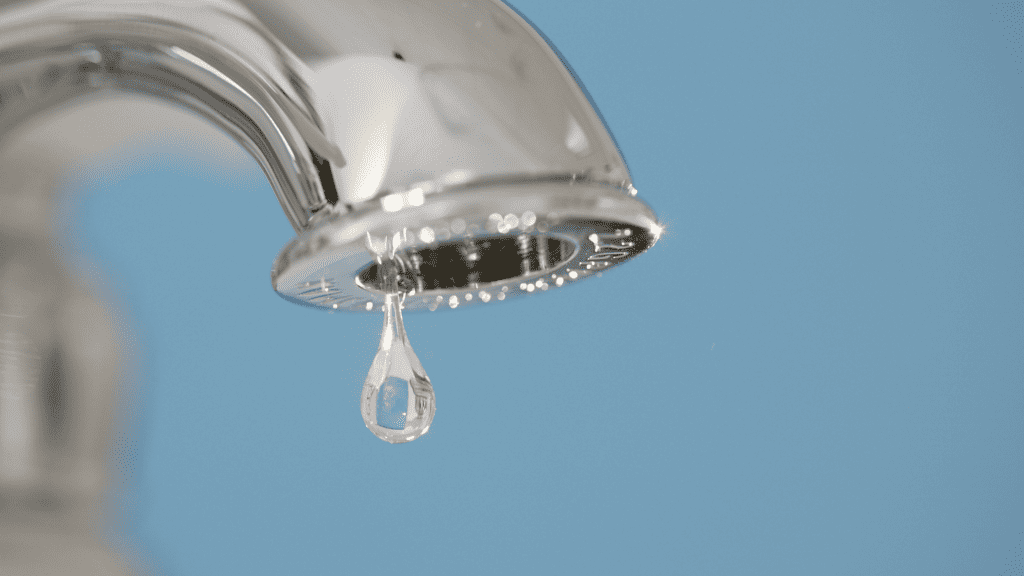Do you find yourself interested in help on 9 Reasons for Low Water Pressure in Your House?

Low tide pressure in your house can be an irritating issue, affecting every little thing from bathing to washing recipes. If you're experiencing weak water flow, there are numerous possible reasons and services to check out. In this overview, we'll go over typical reasons for low tide pressure and functional actions to resolve the issue effectively.
Introduction to Low Tide Stress
Low tide pressure takes place when the flow of water from your taps, showers, and various other components is weaker than usual. This can make everyday jobs more tough and less reliable. Comprehending the sources of low tide stress is important to locating the right solution.
Typical Root Causes Of Low Water Pressure
Faulty Stress Regulatory Authorities
Stress regulators are in charge of preserving constant water pressure in your house. If they malfunction, it can lead to low water pressure or irregular circulation throughout the house.
Municipal Water Issues
Occasionally, the issue exists outside your home. Metropolitan supply of water concerns, such as main line leakages or upkeep work, can temporarily minimize water pressure in your location.
Pipeline Obstructions
In time, pipes can come to be clogged with mineral deposits, debris, or debris, limiting the circulation of water. This is an usual concern in older homes with galvanized steel pipelines.
Deterioration
Deterioration within pipelines can result in leaks and minimized water pressure. Rust buildup can constrict water flow, particularly in maturing plumbing systems.
Just How to Identify Low Water Pressure
Checking Pipelines
Evaluate noticeable pipelines for indicators of leaks, corrosion, or clogs. Take note of any type of unusual sounds, such as knocking or rattling pipes, which could indicate issues within the plumbing system.
Consulting with a Plumber
If you're unable to determine the cause of low tide stress, think about hiring a specialist plumber to carry out a detailed assessment. They can identify underlying concerns and suggest appropriate options.
Checking Taps and Components
Begin by examining the water pressure at various taps and components throughout your home. If the problem is separated to particular areas, it might suggest localized issues.
DIY Solutions to Take Care Of Low Tide Stress
Flushing Water Heater
Debris accumulation in the hot water heater can restrict flow and lower efficiency. Purging the storage tank periodically aids remove sediment and preserve ideal efficiency.
Examining Stress Regulator
Guarantee that the pressure regulator is functioning correctly. Adjusting or changing the regulatory authority can aid recover appropriate water pressure throughout your home.
Cleaning Aerators and Showerheads
Natural resources can gather in aerators and showerheads, lowering water circulation. Remove and cleanse these elements consistently to enhance water pressure.
Clearing Up Clogs in Pipeline
For small blockages, attempt utilizing a plumbing snake or chemical drain cleaner to clear blockages in pipes. Beware when using chemicals and adhere to safety standards.
When to Call a Specialist Plumber
If DIY efforts stop working to deal with the issue or if you suspect significant plumbing troubles, it's ideal to look for assistance from an accredited plumber. They have the competence and tools to resolve intricate concerns securely and effectively.
Preventive Measures to Maintain Water Stress
Setting Up a Pressure Booster
Consider mounting a pressure booster pump to enhance water pressure in locations with continually low flow. This can be particularly beneficial for multi-story homes or residential or commercial properties with high-demand fixtures.
Tracking Water Usage
Bear in mind water usage habits and avoid ill-using the plumbing system. Simple changes, such as shocking showers and washing tons, can aid keep adequate water pressure.
Regular Maintenance
Schedule routine maintenance for your plumbing system to prevent concerns such as corrosion, leaks, and clogs. Dealing with small issues early can help stay clear of even more considerable repair work later on.
Verdict
Taking care of low water pressure can be frustrating, yet identifying the underlying reasons and executing ideal services can recover ideal circulation throughout your home. Whether it's cleaning up aerators, evaluating pipes, or consulting with a plumber, taking positive actions can guarantee a consistent supply of water for your day-to-day demands.
FOUR WAYS TO FIX LOW WATER PRESSURE NOW
Turning on a shower or faucet only to find the water comes out in a sad, slow drizzle is never a good feeling. How exactly are you supposed to wash a pan or take a quick shower when it takes 10 minutes just to rinse off a little soap? The good news is that when your water pressure is bad, there's always a cause: typically one that can be easily fixed. Here are some of the most common causes of low pressure and what you can do to fix the issue:
DEBRIS AND MINERAL DEPOSIT BUILDUPS
If you notice low water pressure from just one or two of the fixtures in your house, the problem likely has to do with debris buildup. Water is full of minerals and other debris, all of which can accumulate in your pipes and on your fixtures. This can cause a blockage that affects how much water flows through. To fix this, try filling a small plastic bag with white vinegar, and use a rubber band to hang it around your showerhead or faucet. Let the head of the fixture soak for a few hours, and the vinegar should loosen the deposits.
WATER LEAKS
Leaks are another common cause of low water pressure. If water is flowing out of your plumbing through a hole or crack before it can reach your fixture, the pressure coming out of the faucet or showerhead will be lower. A plumbing professional is your best bet for finding and repairing a leak in your water supply pipes.
Leaks are another common cause of low water pressure. If water is flowing out of your plumbing through a hole or crack before it can reach your fixture, the pressure coming out of the faucet or showerhead will be lower. A plumbing professional is your best bet for finding and repairing a leak in your water supply pipes.
A VALVE ISSUE
If you have low water pressure throughout your home, check your main shut-off valve to make sure it's completely open. You may also want to see if there's a pressure-reducing valve installed. If there is, have a plumber help you adjust the settings to get the pressure you're looking for.
OTHERS USING WATER
Believe it or not, your low water pressure could be caused by your neighbors. If you notice low pressure at certain times of day, it may be because you and the people living next to you have similar schedules - when everyone is showering at the same time, the pressure will be lower in every home. Low pressure throughout the neighborhood may also be caused by an issue with your municipal water supply. If that's the case, call the supplier to see if they're working on the issue.
https://www.rotorooter.com/blog/water-leaking/low-water-pressure-fixes/

I came across that blog entry on 10 Reasons for Low Water Pressure in Your House when exploring the web. Sharing is caring. Helping people is fun. Bless you for your time. Don't forget to stop by our site back soon.
Details Here